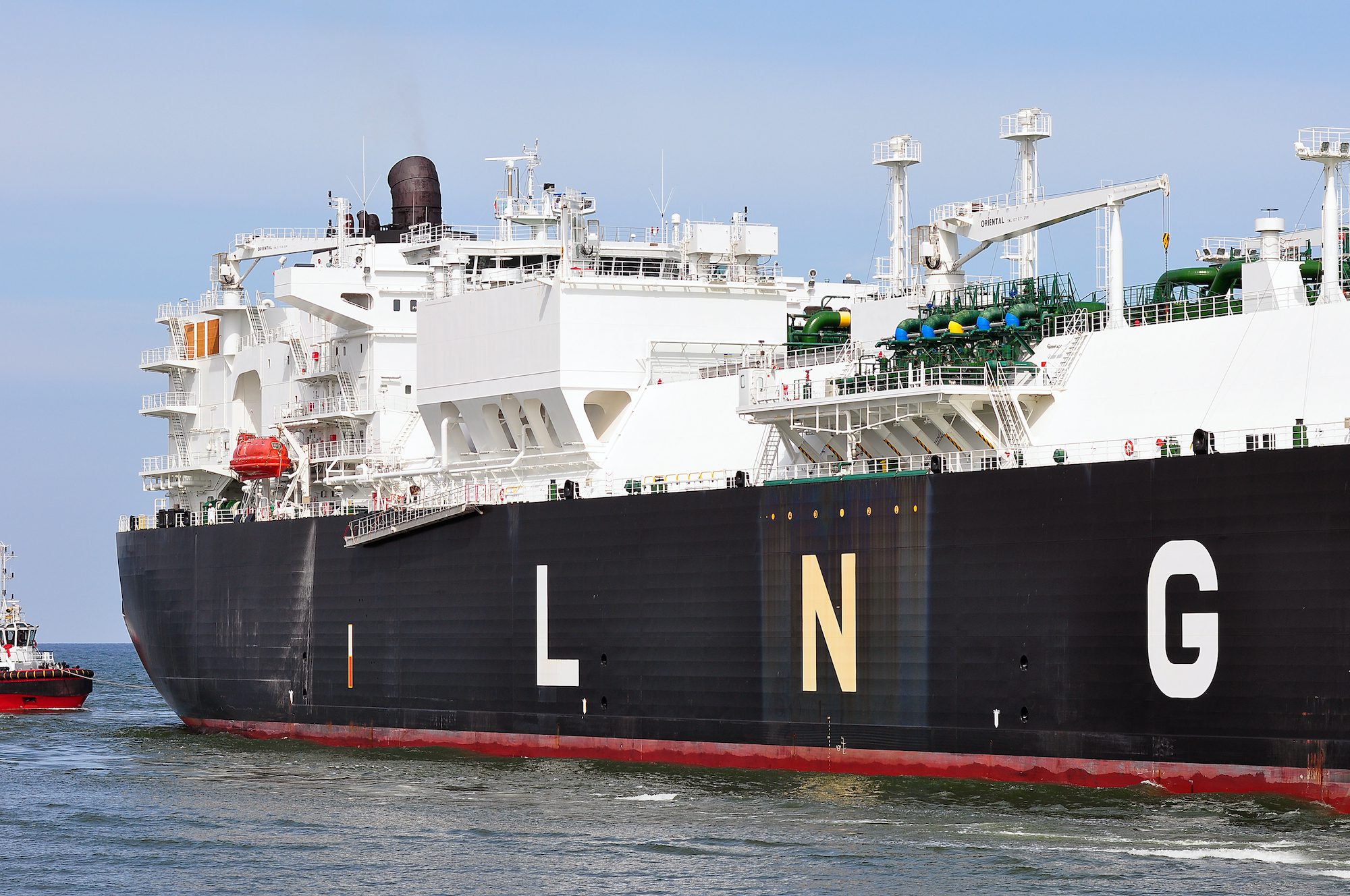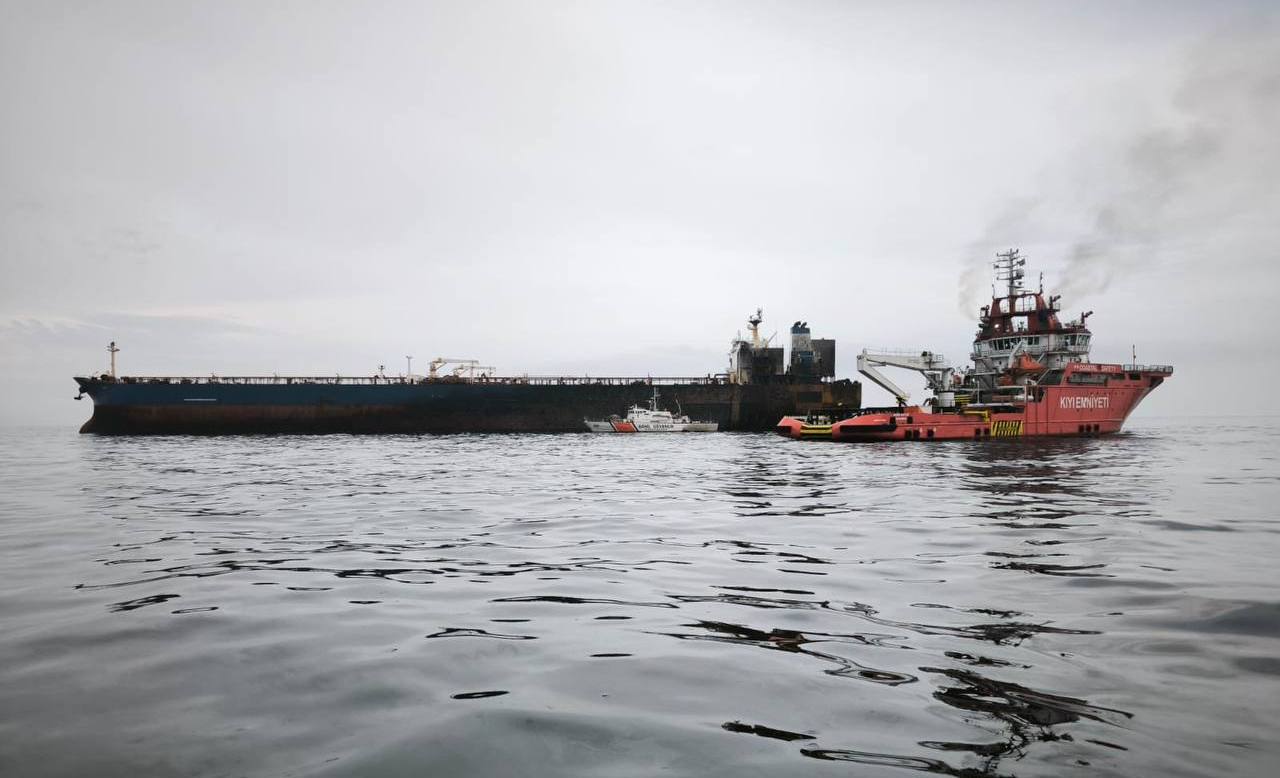With the Russian invasion of Ukraine, described by researchers at Evercore ISI as a “Black Swan Event”, the potential for shifting flows of liquified natural gas has been top of mind for shipping industry participants. At present, the super-cooled gas, shipped on specially outfitted tankers, is (largely) still flowing.
So, what might happen? Researcher Anne-Sophie Corbeau, a Global Research Scholar at the Center on Global Energy Policy at Columbia University, looked at scenarios for the future of Russian gas moving into European markets.
In describing a scenario where the European Union works towards a “progressive reduction” in imports of Russian gas, Dr. Corbeau said: “the International Energy Agency and the European Commission are actively looking at reducing natural gas imports from Russia in the short term. A 10-point plan by the IEA would reduce the EU’s Russian gas imports by more than 50 bcm (billions of cubic meters) within one year, while the European Commission’s plan would reduce Russian gas imports by twice that within the same timeframe. This abatement could be achieved through a series of short-term measures aimed at increasing flows from alternative suppliers while reducing gas demand.”
The Evercore ISI researchers, led by Sean Morgan, cut to the chase, citing the coming changes in European policies as a “massive opportunity for U.S. LNG export expansion projects.”
Elaborating on the European Union’s plans, Mr. Morgan’s Evercore ISI presentation noted that 50 bcm/y (the EU’s targeted increase of imported LNG for year 1), which works back to 37 million tonnes of LNG annually, represents over one third of all current U.S. LNG export production. For a shipping context (for folks like me who can only think in terms of deadweight cargo capacities), a 170,000 cm LNG carrier (a standard size, with the largest LNG tankers having a 266,000 cm capacity) can take a cargo of roughly 70,000-75,000 tonnes (metric tons).
Evercore ISI and others are looking towards the U.S. to fill the voids as Europe cuts back on Russian gas imports (both by pipeline and LNG tankers). Even before the Russian invasion, U.S. exports to Europe were moving upwards.
In a presentation hosted by equity brokers BTIG, Rystad Energy analyst Sindrek Knutsson explained that: “Western European LNG imports skyrocketed in January, 2022, reaching 100% of import capacity,” and that “the incremental LNG imports into Western Europe had been shipped from the U.S.”
A Washington, D.C. based think tank, Center for Strategic and International Studies (CSIS), puts some context around the potential for the U.S. to close the looming European gas supply gap. They say: “The United States has around 100 million tons of LNG export capacity, with another 20 million tons under construction and expected to come online by 2025. There are also a dozen or so projects that have export approvals by the Department of Energy and are permitted by the Federal Energy Regulatory Commission. These projects await the final touches to start construction: an equity investor, a financier, or credit-worthy customers (whose presence can help attract investors or finance). Combined, their export capacity is 187 million tons.”
To put all of this into perspective, Europe wants to import an additional 75 million metric tons of LNG, approximately, within a year from now. The U.S., in theory, could add around 87 million metric tons of LNG, albeit over a longer term, if the stars suddenly aligned.
There are some loud voices in the U.S. Congress pushing to move heaven and earth towards that alignment, and, implicitly, towards taking advantage of that huge opportunity alluded to by Evercore ISI’s Mr. Morgan.
In a recent announcement, the U.S. Department of Energy announced that it will grant licenses, enabling additional exports beyond those allowed previously, to Cheniere Energy’s Sabine Pass LNG terminal (located in Cameron, Louisiana) and to its facility in Corpus Christi, down the coast in Texas.
Dr. Bill Cassidy, Republican Senator from Louisiana, has been leading a charge for an “Operation Warp Speed” in Washington, D.C. that would: “bring our energy resources to bear in helping the Europeans become free of Russian energy.”
With many of the inchoate LNG export projects referred to by CSIS in Dr. Cassidy’s state, Louisiana would benefit greatly from the potential of sharp growth in U.S. LNG exports.
For the viewpoints of one of the few listed LNG tanker investment vehicles, on Friday, March 18th, 10 a.m. Eastern time, Dynagas LNG Partners will be hosting a conference call, which you can listen to here (click on “Webcasts” on the Investor Relations page).

 Join The Club
Join The Club











